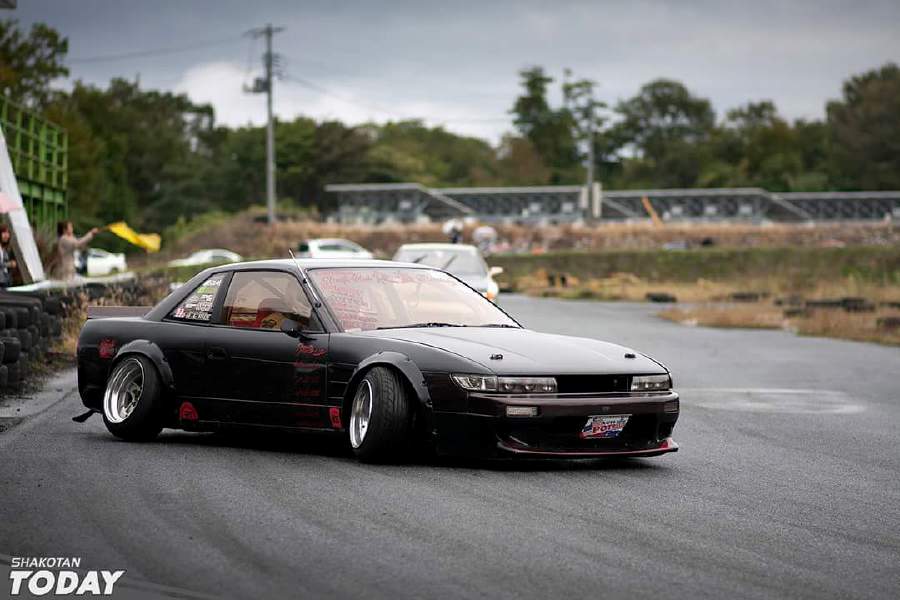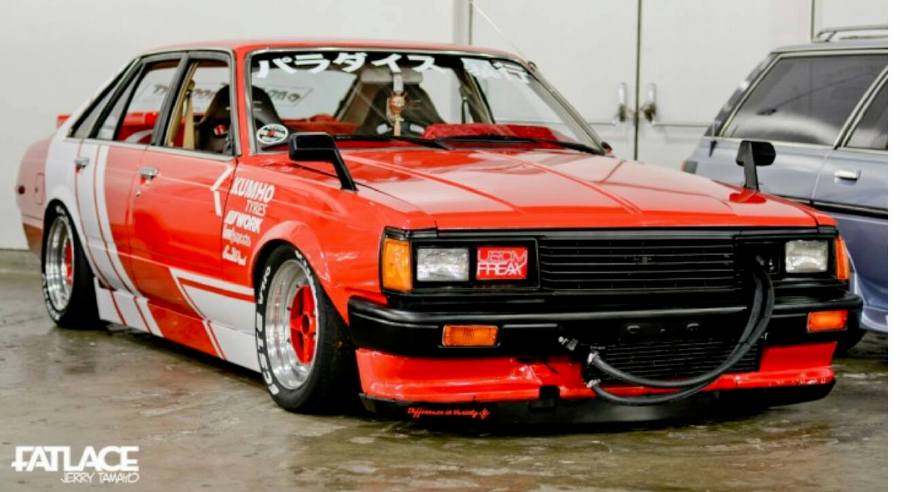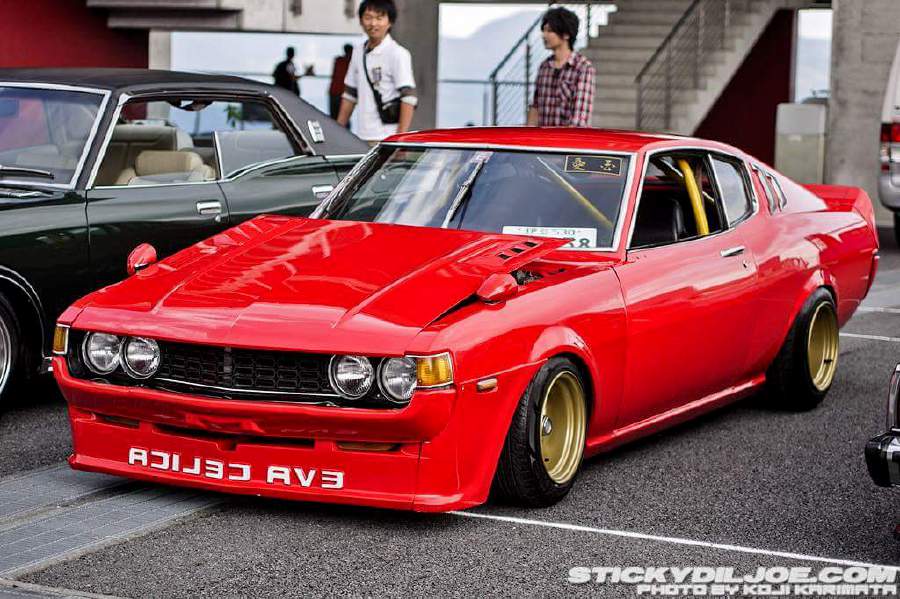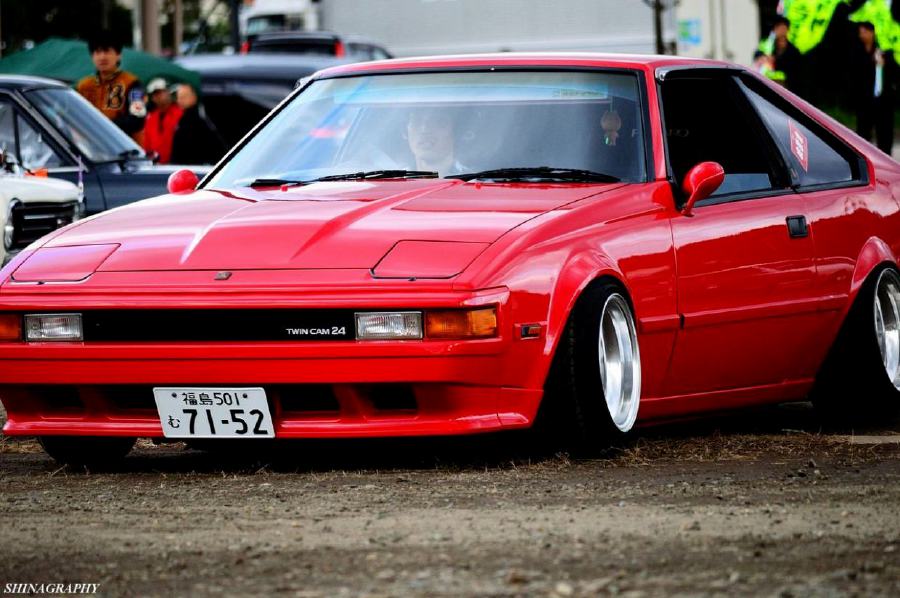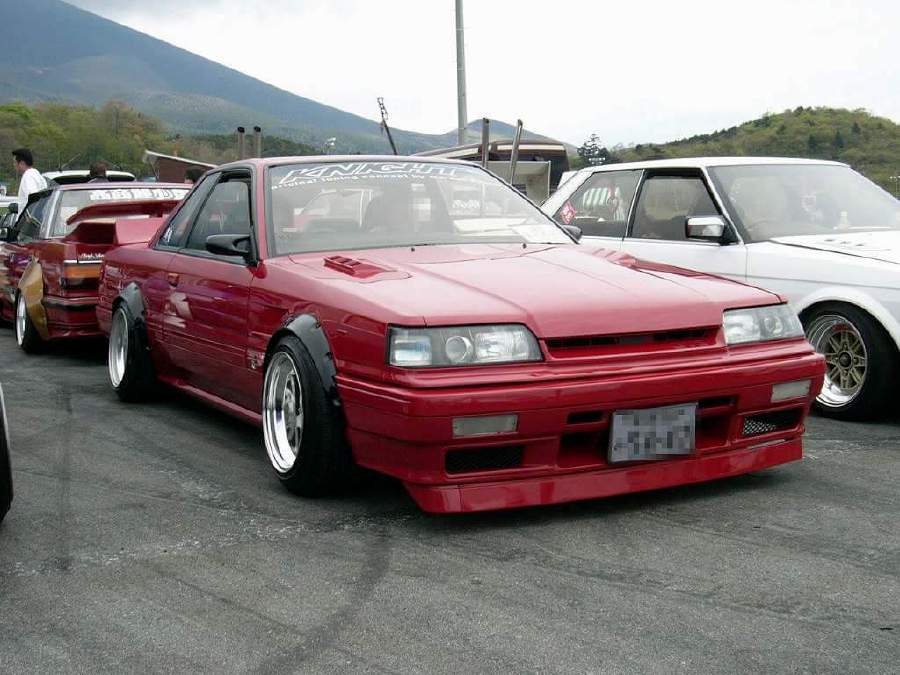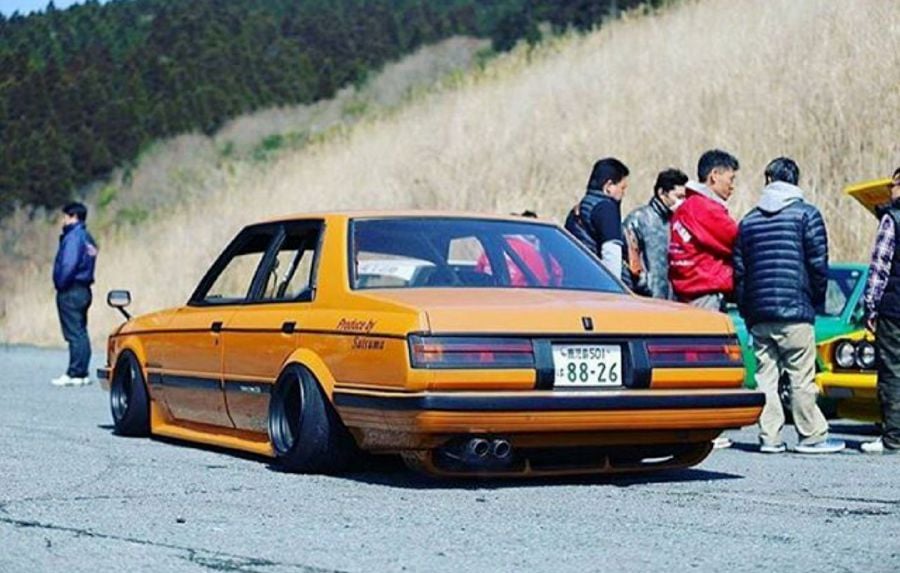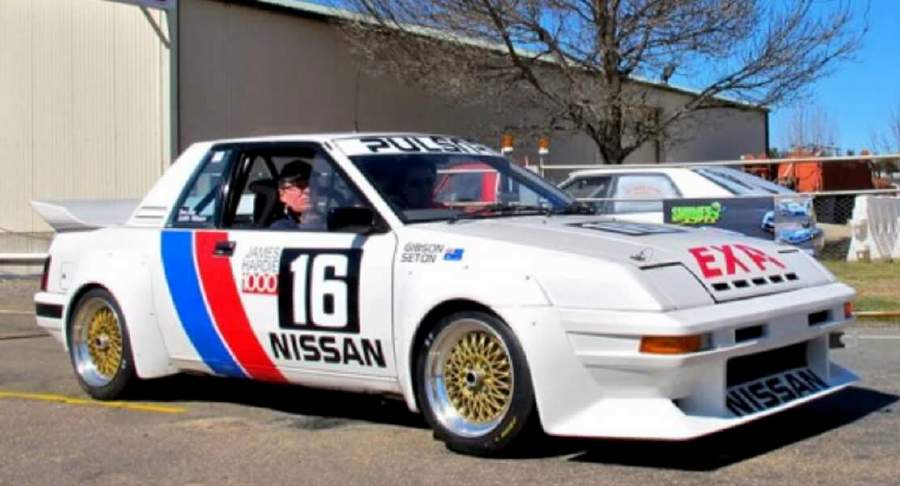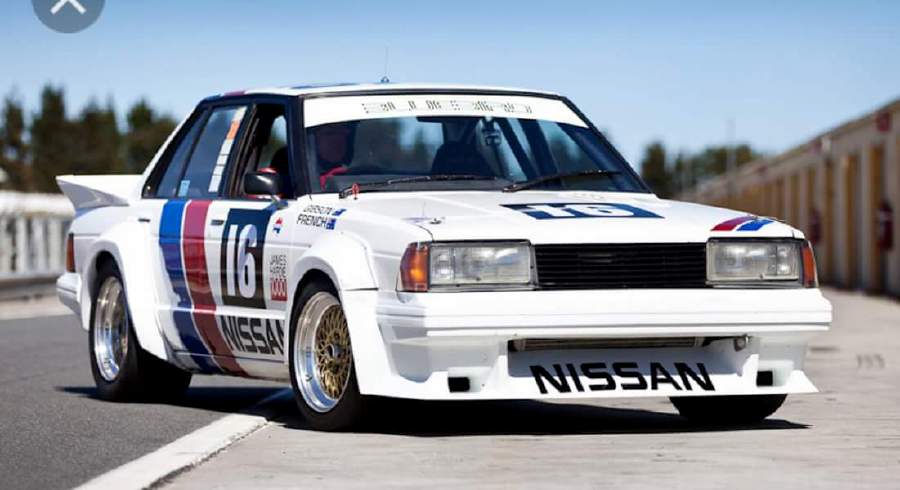IF you were to search "Shakotan" online, you may end up looking at the map of an area on the western part of Japan's Hokkaido island.
The word Shakotan is apparently derived from the Ainu language - one of indigenous peoples of Japan - with the meaning "summer village".
Well, today we are not talking about a summer village but rather about an activity that prefers warm weather - car modding.
In the dictionary of Japanese custom car culture, you may find Shakotan described as a low-down style of ride that has styling roots in the gang world.
When we say the gang world in Japan, it typically means a car that looks very discreet in terms of its finishing and detailing but quite obvious in its stance and ride height.
Actually, the gang style is epitomised in the VIP-look of the current modding movement whereas Shakotan pays more homage to motorsports in its overall vibe and sensibilities.
Shakotan cars are not modded modern or current cars. Rather, they are built on classic models and, as such, probably fall under the flag of "zokusha".
It can be argued that the word zokusha is likely a combination of "zoku" (tribe or clan) and "kyusha" (modded old car). Therefore, zokusha basically means a tribe or clan of modified classic cars.
Another example is "Bosozoku", which literally translates into boss clan. This movement rose from the rebel culture of the 1960s and 1970s when youngsters combined it with car culture to include riding or driving dangerously, making loud exhausts and sometimes just getting into really violent fights.
Now, bosozoku is mostly linked to funky rides with really loud exhausts and owners who try to make their engines sing.
Weird to be sure, but fun to watch nonetheless.
Back to Shokutan.
Most people may frown at the idea of modifying classic cars but in Japan, they have a broader appreciation of classic cars in the sense that they are not focused only on rare or expensive cars. Any old car is a classic and there are people who are huge fans of them.
So, in a sense, it is less of a crime to modify a Toyota Corolla KE30 to death than it is to put an angle grinder to a box Skyline.
Among the Japanese classic car scene, modding is really a key component of the culture and within that vocabulary, slamming the car or lowering the ride height is among the most popular expressions of the community.
In fact, reducing the ride height is a popular component of any car modding movement because this is one of the most fundamental steps taken when a factory built car is modified for racing.
However, as you can imagine, reducing a car's ideal height for racing is a lot more difficult than slamming your ride for looks.
When engineers reduce the ride height of a car, they are trying to lower the car's centre of gravity to improve its driveability but lowering a car also does all sorts of weird things to the suspension geometry. That itself requires some understanding of real engineering to fix.
When slamming a car for looks and just for looks, all you need is an angle grinder to cut a loop or two from the coil spring and it will make the car drive as pleasurable as talking to a politician but that's not the point.
Throughout the years, the lowered car look has taken on a less practical tangent and is enjoying lavish attention among the more artistically inclined modifiers.
Who is to say which is more valid, because this is after all the custom world where the first and only rule is build it whichever way you like it.
So Shakotan is the art, and sometimes science, of taking the idea of lowering a car's ride height to its conclusion, with the one who can build a car that would scrape a cigarette paper and not the road beneath the winner.
Shakotan purists are known to remove even factory detailing if it helps to achieve the highly curated look that they want.
Others will keep the original lines while adding flourish with period-correct detailing or custom parts such as chrome fender, grille or window trims, fender mirrors, and perhaps an additional foglamp or three.
Some say, a true shakotan creation actually relishes the limitations of the "form follow function" design philosophy. The decision to add or delete a particular detail or line has to be rooted in function, or at least it has to be believable that the alteration is done to improve a particular aspect of a car's performance.
A particularly interesting result is non-symmetry where one sees a detail on just one side of the car.
For example, a slammed Shakotan that has enjoyed aerodynamic-themed modifications to achieve a race-car look may have a fender mirror on just the driver's side because, you know, having two means additional drag and the driver can live with just one mirror. That sort of story.
Or it may have the side mirror on only one side because in the 1970s, that's what carmakers did, so they are true to that.
In general, Shakotan modders, although they respect and, perhaps, even worship original clean lines, are not about maintaining strict adherence to the factory specifications. It is more about artistic expressions and extracting a particular emotion when confronted with the finished work.
It is almost as if it were an interpretation of an idealised period-correct street modification of a particular car but with modern technology and materials.
This trend can be seen throughout many aspects of life in Japan and it is certainly true in many facets of the custom car culture as well.
Some see them as the guiding light while others take it as a warning beacon to avoid. Either way, almost everyone is paying attention to those crazy modders from Japan.
Another form of lowrider is gracchan or yankii, which is more track car inspired and can include outrageous large front splitter and rear spoilers and wide body kits.
Grachan is based on Japanese-style race cars while yankii, as the name suggests, copies American racing machines.
Next time, we will look at the other flavours of classic car customisation in Japan. Please bring strong stomachs.


